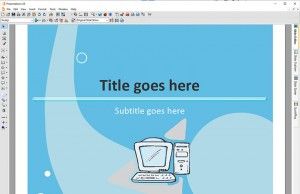
Once you have mastered these commands, you will find that the program's control over the cursor is erratic: It is very easy to overshoot your goal. To move right, you must press control key and the ''D'' simultaneously. Moving the cursor (the blinking light which indicates where the next character will appear) to the left is accomplished by pressing the control key. Also, specialized functions had to be accomplished by a series of multiple keystroke sequences. The result: The program was written in a series of overlays that are continually being read into memory from the disk, making it run relatively slowly. On the other hand, WordStar was created in the days when micros had small memories and their keyboards had only a few more keys than those found on a typewriter.
#Microsoft word vs word perfect code#
(And what it doesn't do, supplementary programs now available will probably provide.) It is a mature code with virtually all the bugs ironed out. On the one hand, it will do almost anything a writer wants. Many experienced computer users have a love/hate relationship with this program.

And that fact brings us back to WordStar vs. While most word-processing programs do the same things, they do them in different ways.

The letter can then be ''merged'' with a list of names and addresses (or any other information) and an individual letter is printed to each person on the list. This allows the operator to type a single form letter, for example, and fill in blanks such as name and address with special codes. Then there are the added capabilities, such as a spelling checker.Īnother computer-facilitated function is merging. Changes can be made without retyping entire pages or documents. It's in editing and revising that the word processor's efficiency stands out. When it comes to practical matters, a word processor is slightly faster than a typewriter for straight typing.
#Microsoft word vs word perfect software#
WordPerfect has garnered a number of glowing reviews lately.Ĭomparing and contrasting these two packages provides insight into the progress being made toward creating software that is easier to use, more powerful, and often less expensive. It is a ''second generation'' product, which means it was designed from scratch for the newer, larger, more powerful desktop machines, like the IBM Personal Computer. Second, a package called WordPerfect from a group named Satellite Software International. In fact, a number of computers come with WordStar thrown in.

Today, it has become the standard for comparison and will run on almost every microcomputer on the market. The product of MicroPro International, it was the first full-featured word-processing program written for personal computers. This is a tale of two word-processing programs.


 0 kommentar(er)
0 kommentar(er)
